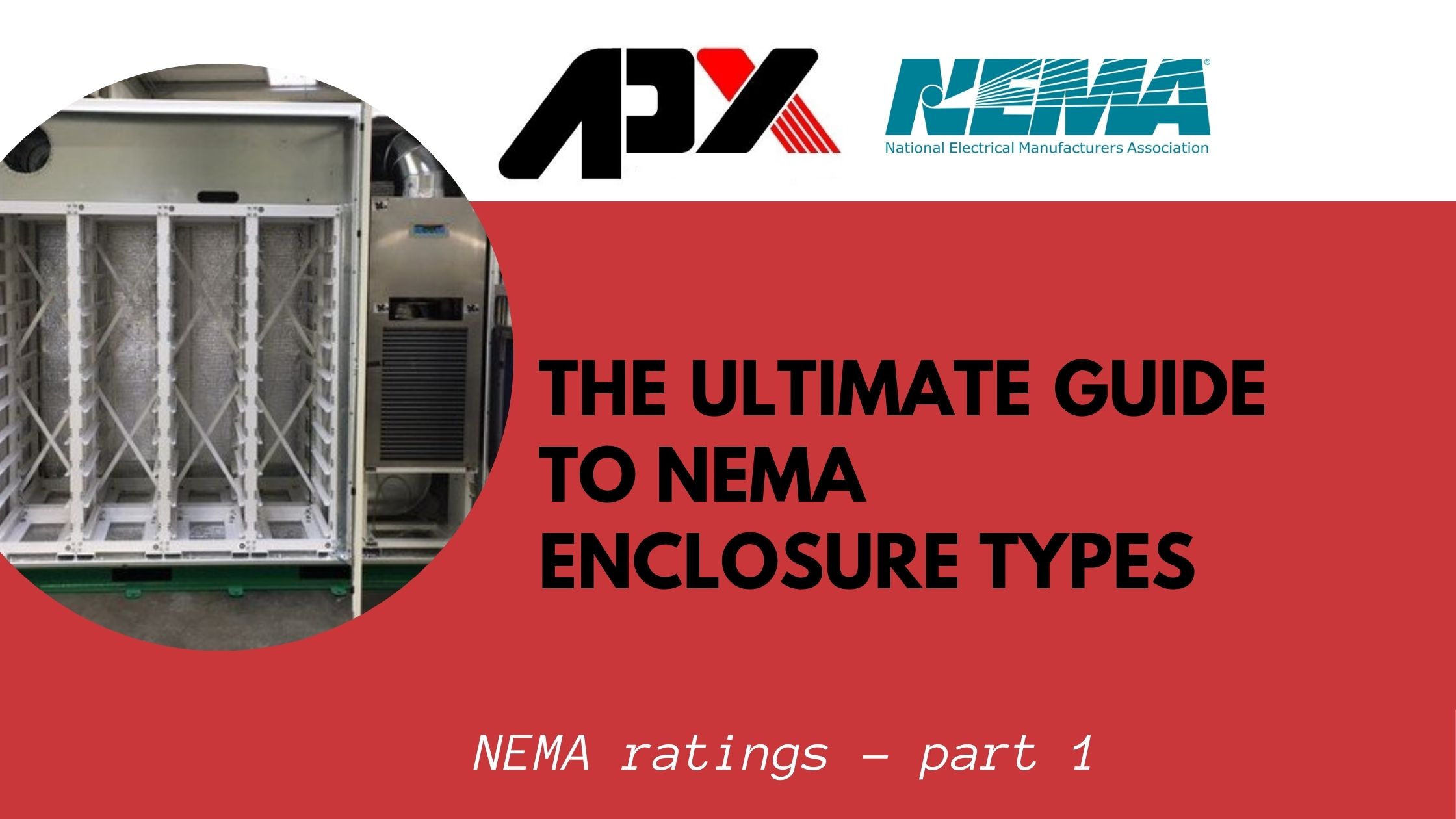In order to ensure the safety of your sensitive electronic equipment, it is crucial to house it in enclosures that offer optimal protection against various hazards. NEMA ratings provide the assurance that a specific enclosure will deliver the level of protection it claims. When it comes to outdoor applications, two widely utilized NEMA-rated enclosures are NEMA 3 and NEMA 4 enclosures.
What Is NEMA?
The National Electrical Manufacturers Association (NEMA) is the leading organization in the United States that sets industry standards for electronic equipment, such as enclosures and medical imaging devices. NEMA‘s primary focus is on ensuring the reliability and safety of these products. While NEMA does not conduct product testing themselves, they establish criteria for performance under specific environmental conditions. As the largest electrical manufacturer organization in the country, NEMA plays a crucial role in maintaining high standards within the industry.
Types of NEMA Enclosures
In order to ensure the proper functioning of sensitive electronic equipment designed for industrial applications, it is crucial to protect it from potential hazards present in its environment. Additionally, this protection serves to safeguard individuals, animals, property, and the environment from any harm that may result from the exposure of said electronic equipment to external elements.
Enclosures serve the important purpose of safeguarding individuals from unintentional contact with live electrical components. Moreover, they are specifically engineered to secure and preserve valuable equipment, including junction boxes, by deterring potential tampering or theft.
In order to safeguard your equipment from all possible hazards, it is essential to have an enclosure that can withstand the environmental conditions of your specific application.
Enclosures can be constructed from various materials such as high-quality plastic, polycarbonate, aluminum, or steel. They may feature hinges for easy access, locking mechanisms for added security, and options with or without knockouts. Some enclosures are also designed to be waterproof, resistant to corrosion from substances like gasoline or acetylene, weather-resistant, and capable of providing protection against oil and chemical exposure. Ultimately, the goal is to ensure the safety of both components and individuals. This is where NEMA ratings become essential – they guide you in determining which specific characteristics are required for your application and help you identify the most suitable enclosure.
What Are NEMA Ratings?
NEMA ratings are essential for safeguarding your electronics against various hazards, including impact and water damage. These ratings provide valuable information about an enclosure’s ability to withstand high-mess spraying, temporary submersion, and hazardous weather conditions. It is important to note that NEMA ratings solely focus on a container’s capacity to resist potential threats and do not encompass construction details. By understanding these ratings, you can effectively protect your electronic devices from potential dangers.
NEMA testing methods and performance criteria serve as important guidelines for entities like Underwriters Laboratories (UL) when assessing and certifying electrical enclosures. An enclosure that bears a valid UL label ensures that it has undergone thorough testing and has successfully met the necessary requirements to comply with the applicable standard.
The authoritative resource for NEMA ratings is the NEMA 250- Enclosures for Electrical Equipment. The NEMA rating system aligns with the European IP rating system, and each NEMA rating corresponds to an IP equivalent. For instance, American NEMA 3-rated enclosures are equivalent to European IP 64 rating, while American NEMA 4-rated enclosures are equivalent to European IP 66 rating.
How Are NEMA Ratings Determined?
The NEMA rating system is designed to assess the capacity of a material to withstand various hazards posed by chemical, liquid, and solid sources.
Liquid threats include:
- Light splashes
- Hose down and splashes
- Temporary submersion
- Prolonged submersion
- Rain, snow, and sleet
- Ice
- Solid threats include:
- Incidental contact
- Falling dirt
- Circulating dust
- Settling airborne dust
- Windblown dust
- Chemical threats include:
- Oil and coolant seepage
- Oil and coolant splashes
- Corrosion
To be continued…
Order An Electrical Enclosure Cabinet From APX Enclosures Today
APX Enclosures is the place to go for your NEMA outdoor enclosure cabinets. Since 2001, we have provided customers across the United States with high-quality, custom-made cabinets designed to meet their needs.
Contact APX Enclosures today through our online contact form for more information or to order your NEMA enclosures. Our enclosures are made in the USA.




